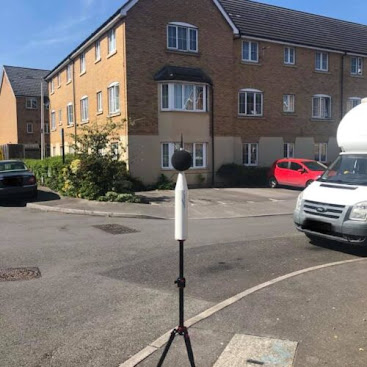An Essential Introduction to Air Testing And Tips to Make Your Building Airtight
Airtightness is a significant contributor to the energy efficiency and emission rates of any building. It ensures that all the specific requirements are met. If there are any air leaks in the building, it can give way to energy consumption especially when replacement air is conditioned. Air leaks can feed condensation that further causes performance issues.
Moreover, the leaks also bring contaminated outdoor air into the building. In such a scenario, air testing in Essex becomes essential.
What is air tightness testing?
Airtightness testing is an assessment process that emphasizes air permeability, leakage, or tightness in a building. The higher the building's tightness level would be, the more significant the building's energy efficiency. So airtightness testing is mandatory.
There are building regulations which give guidelines to new dwellings and non-residential building like offices. The testing is done to ensure that regulations are met and the performance of the building to retain conditioned air is at par. So this process helps in identifying areas that seek improvement to lower down the loss of conditioned air.
Look at the following suggestions to make tremendous improvements in the building's airtightness.
- Have an airtightness strategy in the design stage of the building only. Take the help of the professional to get defined air tightness barriers early in the project only.
- Have a proper inspection regime during the construction only to ensure that the barrier is not compromised.
- Be meticulous with dry lining. The plasterboard installed with dab and dot can be troublesome in the future as missed leakage in bricks leads to potential paths.
- Seal out supply and waste pipework in the building, especially where there is penetration. Give preference to compatible gunned sealants or pre-flexible foam strips for bigger gaps. Do not use foaming adhesives as they tend to break down or shrink.
The air test essential tips can make you pass this test or for more guidance take the help of the professionals.




Comments
Post a Comment